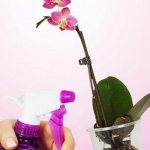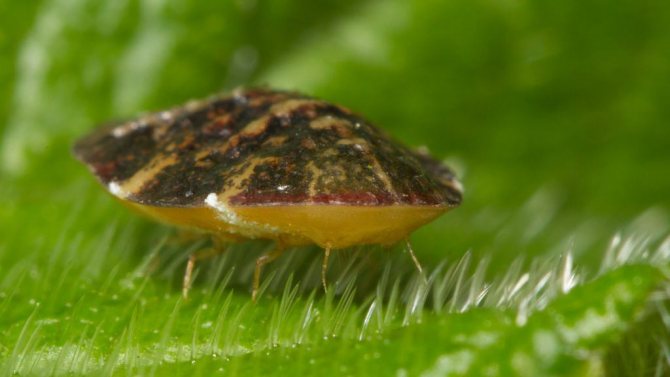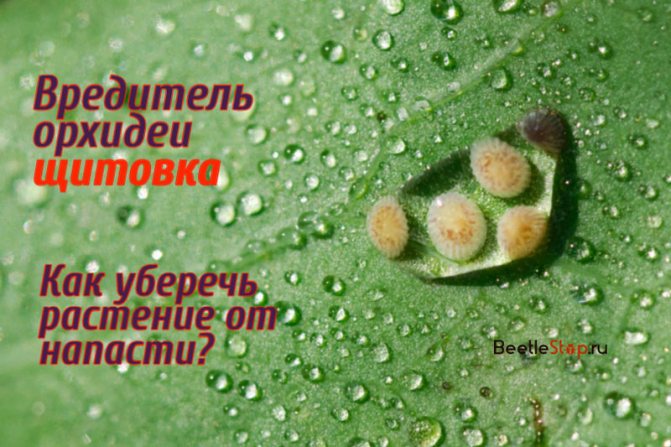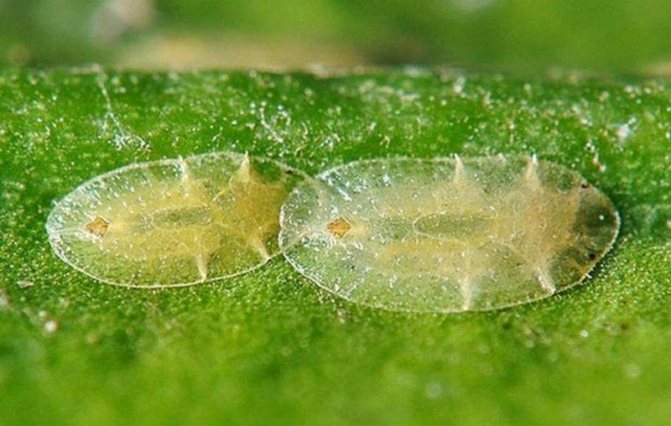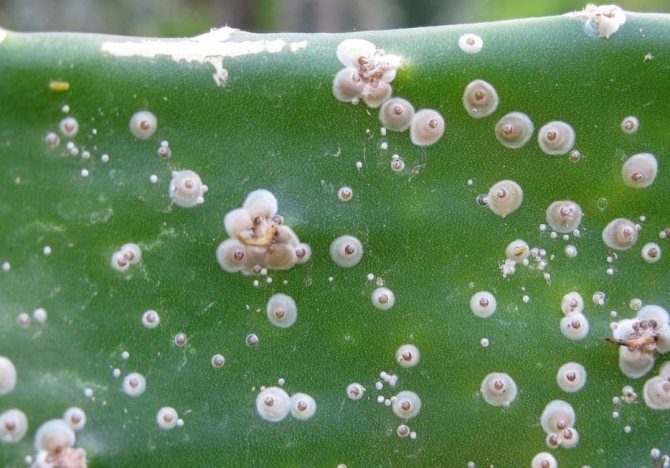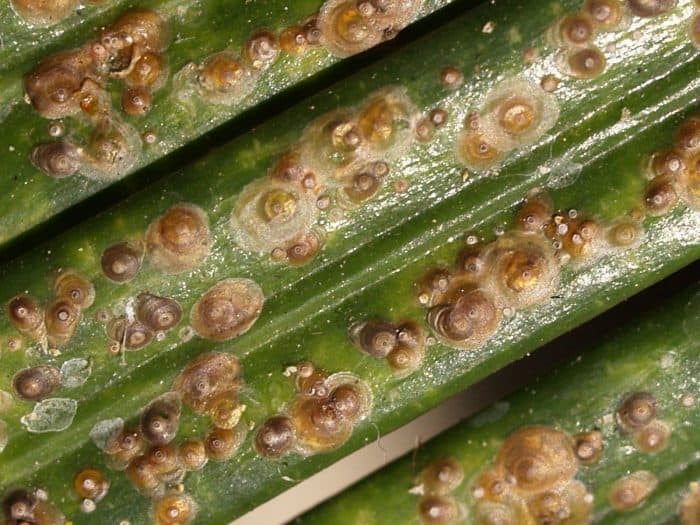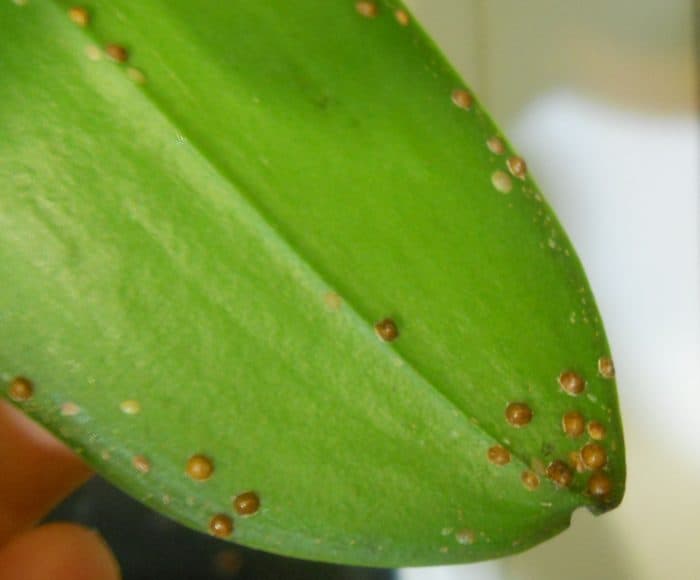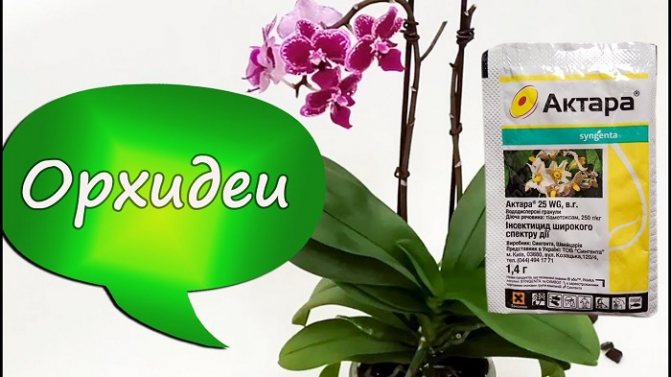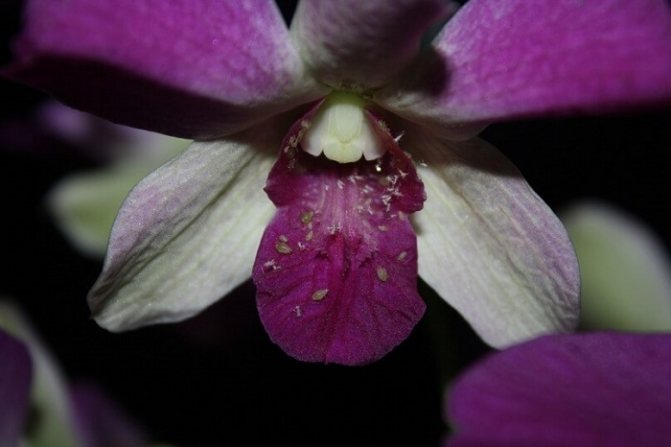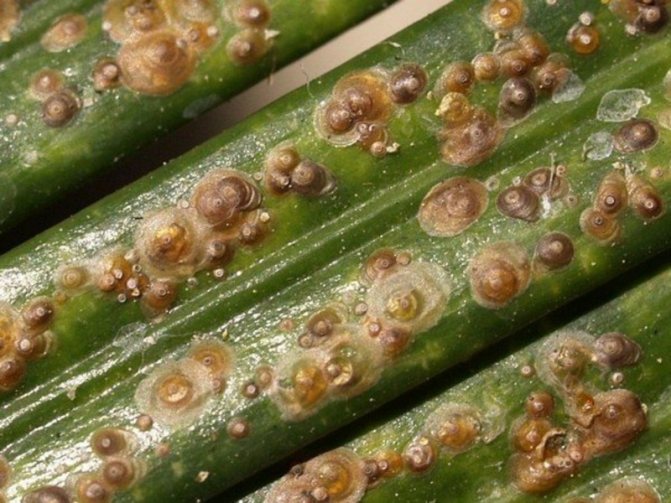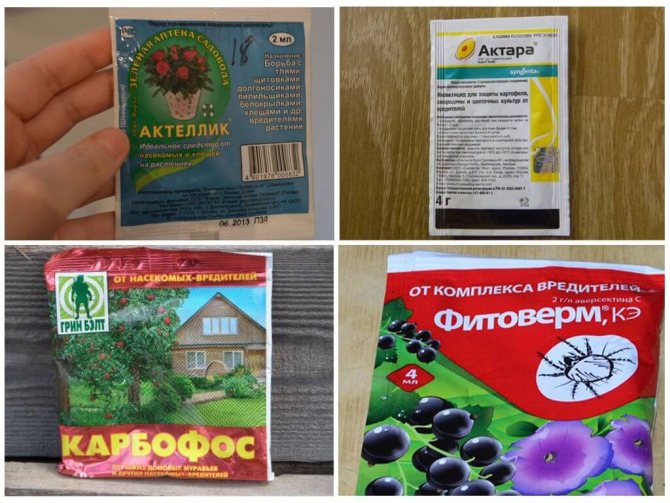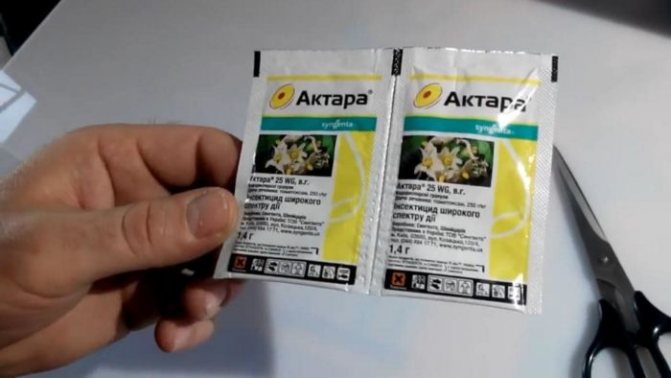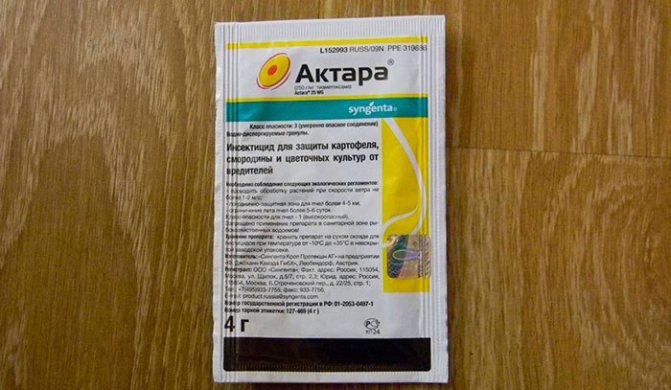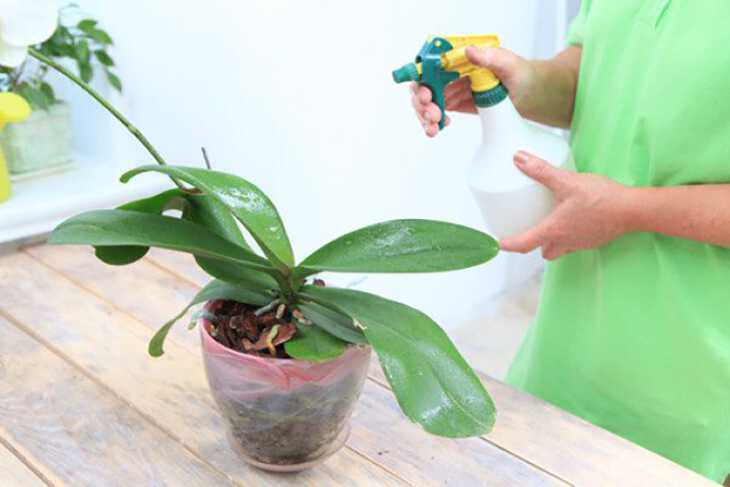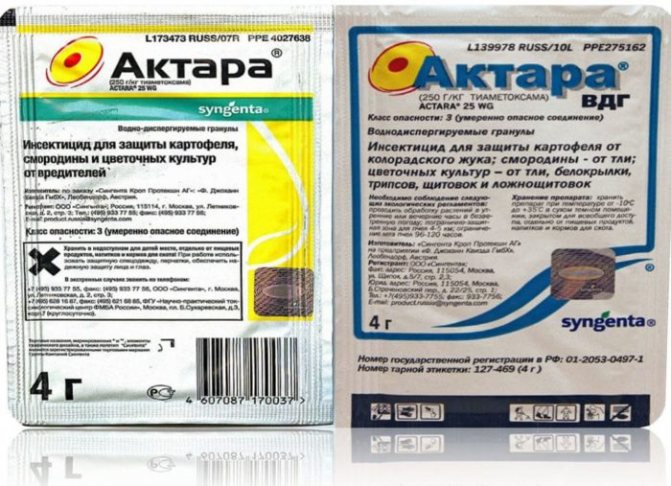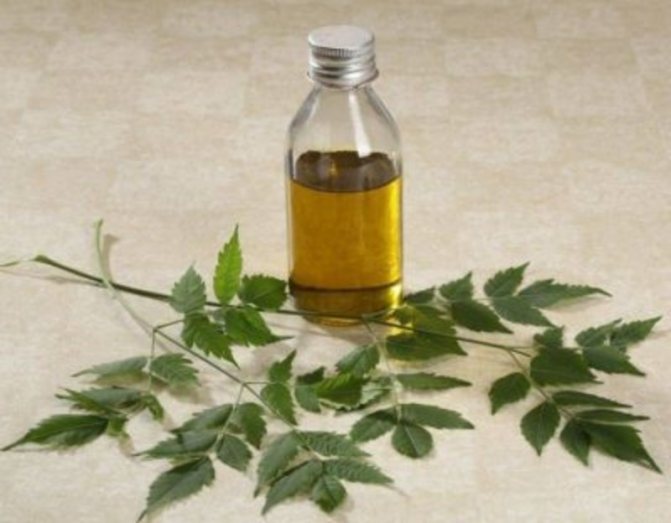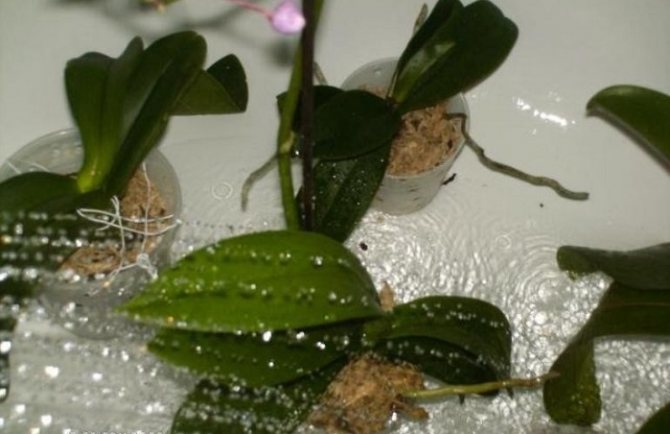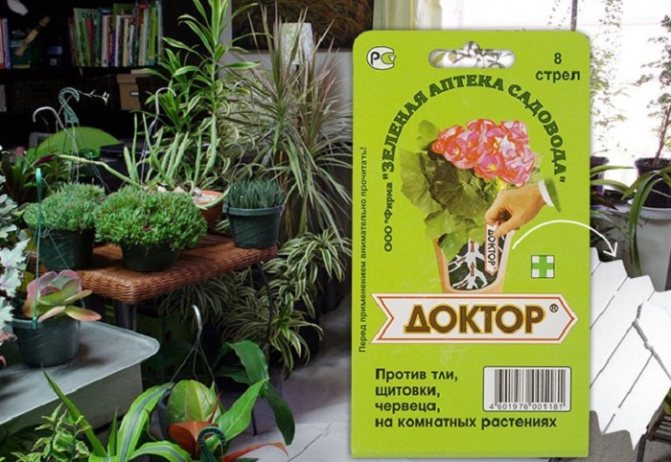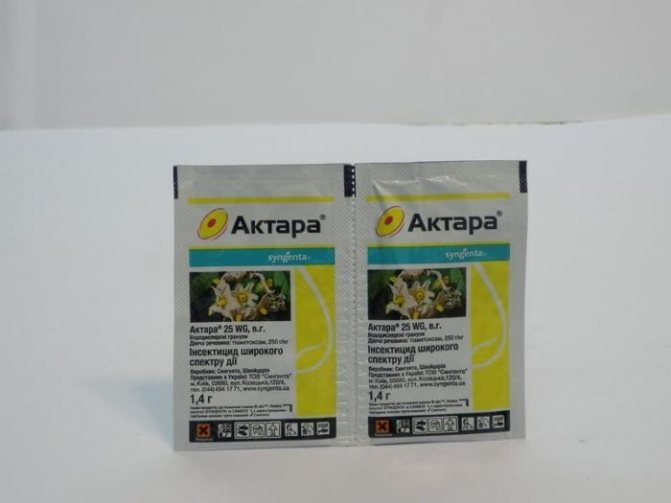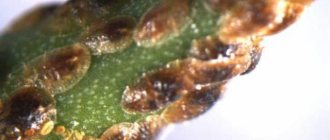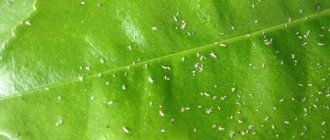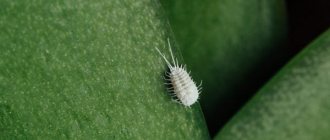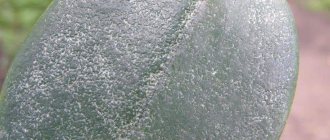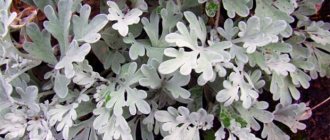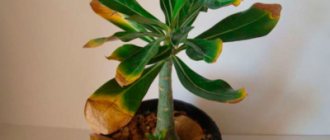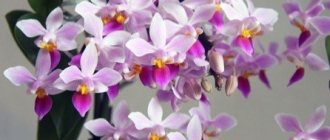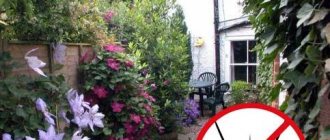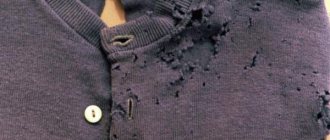The scale insect on an orchid is quite common if the flower is not properly looked after. Orchid is a very beautiful indoor flower that is whimsical to care for. If you do not observe the temperature regime, do not maintain humidity and do not water the flower correctly, you may encounter insects that attack the plant very quickly.
It is worth starting to worry as soon as you notice spots on the flower, wilting of the plant or plaque on the leaves. The scale insect is the most common pest of orchids, so it is important to know the “enemy” by sight, it is also important to know how to deal with it. In this article, we will learn what types of scale insects exist and what harm they can do to an orchid, as well as how to deal with annoying pests.
Determine the presence of a pest
Unlike many other insects, adult male and female scale insects have quite significant differences. Males can move freely, moreover, they are winged, and therefore are able to cover distances of several meters. Females are motionless - they attach with their proboscis to the body of the plant and no longer move.
The scabbard can be recognized by the translucent shell that covers their body. Moreover, its color can be different - from white to almost black. The shade of the carapace will depend on the species of the parasite.
The female scale insects are called shield aphids. They have a small body size - from 0.5 to 5 mm and are capable of producing a waxy substance. This pad accumulates around the body of the female, forming a kind of shield that protects both herself and the clutch of eggs.
On a note! At one time, a female scale insect is capable of laying about 3 thousand eggs!
Young individuals - larvae - do not yet have a shell, and therefore can freely move around the plant. Over time, the female scale insects stick to the selected place on the orchid with their proboscis, and the males continue their active lifestyle.
Orchid purple scale insect
Adult female specimens are characterized by an oblong-oval scutellum 1–2 mm long. It is slightly convex and has a greenish-yellowish or brownish color with slightly lightened edges. As the second molt stops, a large voluminous ridge forms on the back. In adult male insects, the scutellum is even more elongated, but it is very small in comparison with that of the female specimens. The sides of the flap most often do not reach 1 mm in length. Coloring matches that of females. In most cases, large colonies of insects can be found in the area of the base of the petiole of an orchid leaf.
Harmfulness
The main food source for scale insects is plant sap, which they mercilessly suck from both adults and young specimens. Moreover, it is orchids that are their favorite "dish". Especially often, scale insects appear on those types of orchids, whose leaves are hard - on phalaenopsis and cymbidium. And if representatives of these varieties are present in your home greenhouse, it is important to check them often for the presence of parasites.
As a result of the nutrition of the scale insect, voids are formed in the affected areas of the flower - it was here that the pest was located and injected its poison.Small spots begin to appear on the leaves, painted in a yellowish, red and red-brown hue, after a while they increase in size and fill the entire surface. Such leaves die off.
In addition, the sticky honeydew secreted by the scale insects during their vital activity is an ideal environment for the development of fungal diseases of orchids. The disease manifests itself in the form of moldy plaque, which gradually spreads over the body of the plant and interferes with the process of photosynthesis. As a result, the infected specimen weakens, the foliage turns yellow and falls off, the flowers change their color. In addition, the sticky secret is sweet, and therefore attracts the attention of other flower pests - ants. And they, in turn, are able to carry the causative agents of viral diseases.
Signs of a flower infection
Sometimes it is very difficult to detect the scabbard. Small bugs are attached to the back of the leaf, but can hide in the sinuses and pseudobulbs. A grayish bloom on the body of a plant is the first sign of a disease. It is formed by sticky honeydew secreted by insects. Also, the changed appearance of the orchid will tell about the infection. The leaves become mottled, the outline becomes yellow. The foliage loses its elasticity, curls and falls off. The shape and color of flowers change. The defeat leads to inhibition in development, the fall of unopened buds.
Orchid treatment: what needs to be done first
It is quite difficult to get rid of the scale insect, but you should not give up right away - if you build the fight correctly and have patience, then you will definitely succeed in eliminating all parasites from your orchids.
To begin with, infected plants must be isolated from healthy specimens. Better to move them to another room. Then the humidity should be increased. To do this, they usually equip a so-called greenhouse - cover the flowers with a plastic bag or glass jar.
Important! The covered plant must be aired daily by opening the greenhouse for at least half an hour!
At the same time, it is advisable to check other flowers every day. And even if no scabbards are found on them for several days, this does not mean that these specimens are clean. Parasites could well lay eggs on them or get over themselves, hiding in secluded places. Scabbards most often settle on the upper side of orchid leaves, but at the same time they may well hide pseudobulbs in their axils or wrappers.
After a while, the infected plants should be washed with warm water - this way you will be able to remove the larvae and sticky secretions. And to trap adult males, you can use sticky yellow tape. Only daily they need to be changed to new ones.
Important! If you started treating orchids for scabies, then now it is absolutely impossible to use stimulants and growth regulators, as well as nitrogen-containing fertilizers. Otherwise, you will only aggravate the situation!
Emergency control measures
It is necessary to start treating orchids damaged by a scabbard immediately after the presence of pests has been recorded. Until folk remedies are prepared, and professional insecticides are not purchased, a number of urgent measures should be taken.
The first step is to spatially isolate the damaged specimen from both other orchids and other cultivated plants. If this is not done, then the shield can spread to the rest of the indoor plantings and begin to damage them too.
The plant is placed under a not too vigorous stream of heated water and the foliage is washed. It is also recommended to wash the leaves with soapy water, which is prepared by dissolving tar or laundry soap in water.
The plant is completely covered with a polyethylene bag.As a result, it is possible to create greenhouse conditions with a high level of humidity. The insects in question react negatively to such changes. This is reflected in the fact that the larvae in the eggs begin to die off. In order not to destroy the plant itself in this way, it is necessary to remove the bag for half an hour every day, airing the orchid.
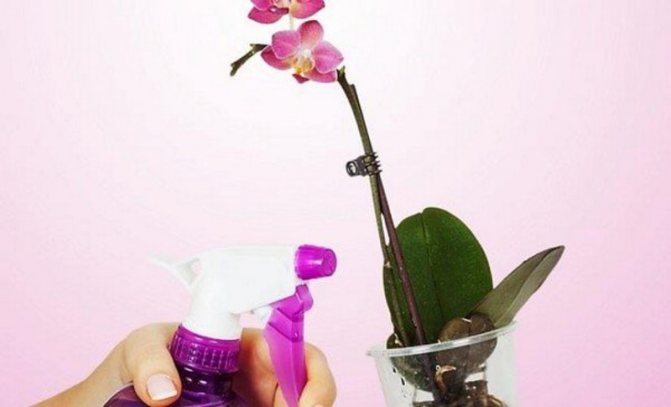
If it is impossible to use the considered method, it is allowed to increase the moisture content of the affected plants by another method. It involves spraying the orchid daily with warm, settled water using a spray bottle.
It is necessary to destroy pests not only on the surface of plants, but also in the ground. To do this, it is necessary to treat the soil in the bite sector with any broad-spectrum insecticide.
Important! Next to the bush, special sticky plates for flies and mosquitoes are installed, which must be changed daily.
Folk recipes
After the preliminary measures, you can deal directly with the treatment of infected orchids from the scale insect. Among the most popular and effective folk remedies are the following:
- Soap-alcohol solution. Add 15-20 g of liquid or laundry soap to a liter of warm water, mix and pour in 10 ml of alcohol. Beat the mixture a little to make a foam, and apply it to the affected parts of the plants using a soft brush.
Important! It is extremely undesirable to spray soft and thin-leaved orchids with a soap-alcohol solution, since such varieties are hypersensitive to any products containing alcohol!
- Oily liquid. To prepare it, you need to mix a couple of tablespoons of olive oil with a liter of water. The resulting product is used to spray infected flowers. In those areas where the spray from the spray does not penetrate, the treatment is carried out with a brush.
- Garlic cloves. We divide the garlic cloves into parts and wipe the damaged areas with slices. You can also pass the garlic through a press and apply the resulting gruel with a toothbrush.
- Fern broth. Pour 10 g of dry raw materials or 100 g of fresh grass with water and leave at room temperature for a day. Then we boil for half an hour, filter, let cool and spray the infected plants with the finished product. Processing must be carried out daily for a week.
Important! It is forbidden to use hot pepper infusion in the treatment of orchids from scale insects, since these delicate plants will not tolerate such a stressful procedure!
Preparations made from natural ingredients work slowly, so the treatment will need to be repeated several times. In addition, do not forget that before starting the procedure, any of the above means must pass a test - apply the solution to a small area of one of the leaves and leave for several days. If during this time it does not lose its brightness and does not fade, it means that the orchid tolerates the selected drug calmly and it can be used.
Description of the drug, characteristics, composition
Aktara (d.v .: thiamethoxam, 250 g / kg (g / l)) - it is an insecticide from the group of neonicotinoids, with a broad spectrum of action. Externally, it is a water-dispersed brown granules or a transparent, yellowish solution in ampoules.
Has no sharply perceptible smell. Effectively suppresses scale insects, false scales, mealybugs, whiteflies and other insects both when applied to the soil and when spraying on the leaf.
Produced by the Swiss firm Syngenta.
Issued by:
- In sachets 1.0, 1.4 g or 4 g each,
- In ampoules of 1.3 ml for use in the country or at room conditions,
- IN bottles 250 g each or vials 9 and 10 ml each for household plots focused on the sale of goods,
- And also in cans of 1 l for large farms, farms, etc.
Attention! Beware of counterfeits, try to find an original drug that will fully meet the declared characteristics.
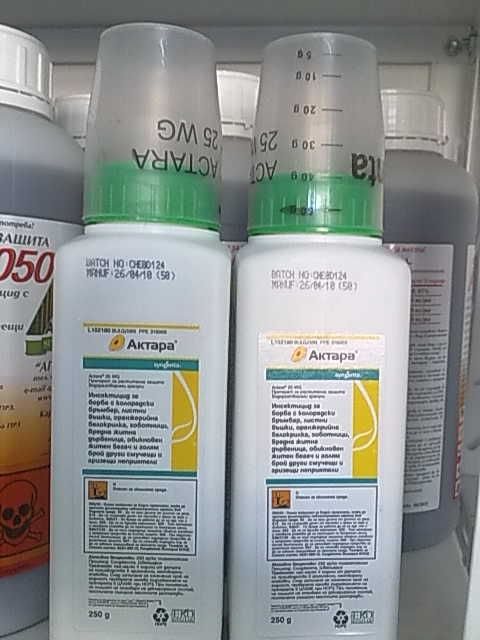

Use of chemicals
In order to get rid of scale insects on an orchid, you can also use insecticides.
- Contact: Permethrin, Spruzit-AF. Getting on the body of an insect, they penetrate the integument and cause paralysis. After a while, the pests die. Such funds are highly effective and in a record short time get rid of the flowers from the scale insects.
- Intestinal: Aktara, Aktellik, Arrivo. Their active substances begin their work only after they enter the insect's body. Intestinal insecticides are used at least twice at weekly intervals.
- Systemic: "Bi 58", "Phosphamide", "Methylmercaptophos". Used to spray infected plants. Their active substances penetrate into the body of the plant and make its juices poisonous for the scale insects. And after the parasite has drunk the poisoned juices, it dies.
Application features
It is necessary to use insecticides strictly according to the instructions, taking into account all the prescribed precautions. And after processing, the flowers should not be exposed on strongly lit windowsills, as direct sunlight can cause burns on the stems and leaves.
If you use preparations that contain oils, then the processing in this case should be carried out very carefully. Such solutions are not sprayed with an even layer, but are applied only to the shield. Otherwise, the pores on the leaves will be clogged, and the flower will die from oxygen deficiency.
Important! If the remedy you have chosen does not give positive results, in no case do not remove the shield with your hands. Such a procedure can only harm - if you accidentally remove or damage the shell under which the clutch is located, young individuals after birth will quickly spread throughout the plant, and the infection will resume with renewed vigor!
What types are there?
There are a great many types of scale insects and false scale insects, as mentioned above. It is worth considering the main types of scale insects that are most often found on plants:
Orange
Has the appearance of a drop. Dangerous for laurel and citrus plants.
Pear-shaped pest of European origin
Harmful to fruit pome and stone fruit plants, affecting trunks and branches.
Pine fusiform
Harms pines by destroying their needles... The result of her “work” is yellowing and falling of the needles from the plant.
False california
Dangerous for citrus plants.
Orange
It is also called the Red Pomeranian Scabbard, due to the formation of dark brown tubercles. Harmful to rosaceous plants and citrus fruits.
Californian parasite
Likes to live on apple trees. Other pome plants are also habitats. Leaves red spots behind.
Red pear-shaped
Especially dangerous for dogwood, walnut, horse nut, stone fruit and pome fruit.
Yellow Pear-shaped
Red spots on pome fruits are a sign of the appearance.
Also false scale insects are no less diverse:
Plum
Loves the juice of rosaceous and stone fruit plants.
Spruce
Dangerous for conifers.
Acacia
Pretty dangerous for apple, cherry, peach, gooseberry, plum, currant and many other plants.
Soft
Dangerous for orchid, palm, citrus and aroid plants. It can be detected by candied secretions on leaves or sticky deposits on glass.
Preventive actions
Often, scabbard infestation occurs through new specimens that were purchased from flower shops. For this reason, before buying a plant, it must be carefully inspected.And if warts, bumps, dark spots or sticky honeydew were found on the flower, it is better to refuse it.
However, even if no signs of scale insects have been identified, you should not immediately put a new plant on a shelf with different flowers. It must be kept in quarantine for a couple of weeks. This time will be quite enough for the parasites, if any, to manifest themselves.
And remember that the main enemies of the scabbard are good lighting and humidity. Create the right conditions for your orchids and they will immediately become unattractive to the pest.
Prevention of re-injury
Natural steps of prevention:
- Adequate lighting level, air humidity above average.
- The orchid pot should be placed on the south windows.
- When buying a new plant for home collection, be sure to examine it for infection and quarantine it for several weeks, since young scale insects cannot be noticed in the early stages.
- It is necessary to regularly examine the leaves, peduncles, and the flowers themselves.
- For prevention, you can also treat orchid leaves with neem oil. The tool will help eliminate even a small number of individuals (up to 5 pieces).
Shield and false shield are dangerous pests that disrupt flowering and spoil the appearance of the orchid. Parasites are distinguished by the strength of the shell and the secreted fluid. When dealing with a shield, it is important to consider its hard shell, which will prevent contact chemicals from getting inside.
If you find an error, please select a piece of text and press Ctrl + Enter.
Precautions
Aktara is a substance of the 3rd hazard class (moderately hazardous substance), which dictates certain rules of behavior. For preparation of the drug, do not use food containers.
During work, it is necessary to observe safety measures and use personal protective equipment.
Smoking, drinking and eating are prohibited. If processing is carried out outdoors, you need to pay attention to the direction of the wind. After completing the work, be sure to wash your hands and face with soap, rinse your mouth.
Important! In case of contact with eyes or skin, rinse thoroughly with running water. In case of poisoning, consult a doctor. There is no specific antidote. Apply symptomatic therapy.
Make it a habit keep all chemicals out of the reach of children and animals, separate from food and medicine. Storage temperature 0-35 ° С.
Expiration date - 4 years from the date of manufacture. Empty containers from the preparation are burned after use. The ready-made solution is used right after preparation, on the spot.


Expert Advice on Treating Orchids with Chemical Insecticides
Despite the low phytotoxicity of Aktara, experts warn about the need to observe precautions when working with this drug:
“The dosages are written in the instructions for a reason. Chemicals can be conditionally non-phytotoxic, but when the recommended dosages are grossly exceeded, they begin to inhibit the plants. The concept of "lack of resistance" is also very conditional. Insects in the long term get used to any chemical influences. Therefore, even such drugs, to which no cases of addiction in pests have yet been identified, should alternate with chemicals from other classes or with biological insecticides. "
S. Ryzhkova, florist with 15 years of experience
Practice shows that Aktar can be alternated with drugs from the following classes:
- pyrethroids ("Alatar", "Inta-Vir");
- avermectins (Fitoverm, BioKill);
- bacterial insecticides ("Lepidocid", "Bitoxibacillin").
Rotation of "Aktara" with bacterial insecticides and avermectins gives the best result. It must be performed according to a certain scheme.In case of severe damage to orchids by pests, "Aktara" is used. After 2-3 weeks, the plant is treated, for example, with "Fitoverm". After another 2 weeks, control treatment with Fitoverm is performed.
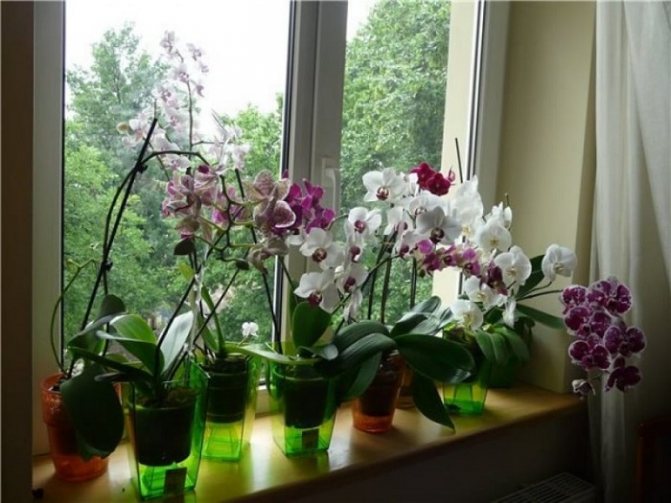

The use of competent rotation schemes for chemical and biological insecticides is guaranteed to protect orchids from pests, reduce the risk of developing resistance and pesticide load on plants.
Breeding options for Aktara
Phytosporin for indoor plants: instructions for use
A competent gardener needs to be able to breed Aktar. It is also available in liquid form, if you cannot find it, you will have to do everything yourself.
For spraying
To get rid of each type of pest, there are separate breeding rates for the drug (for 10 liters of water):
- Aphids, whitefly, Colorado potato beetle, scoops and whitefly - 2 grams.
- Moths, moth, cruciferous fleas - 3 grams.
- Thrips, onion fly, scale insects, false scales, miner moths - 4 grams.
For root application
In most cases, the dilution rate of Aktara for root application is 4 grams per 10 liters of water. An exception is if soil bugs are destroyed. Then the dosage is only 1 gram per 10 liters of water.

